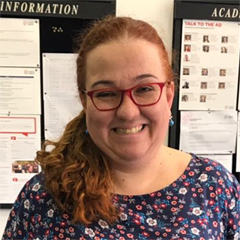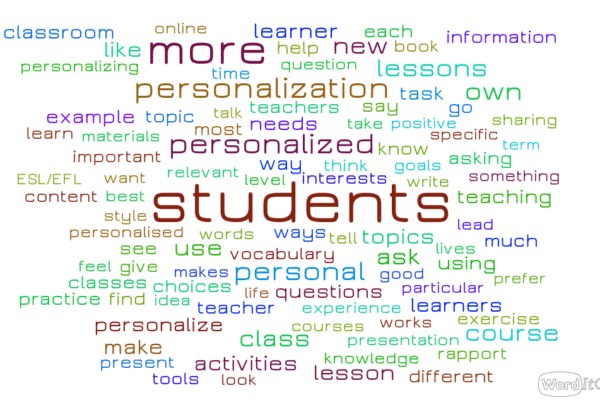Setting your students’ GPS: destination – SUCCESS
As 2020 begins, teachers all around the world get ready to receive their students for a new term, and I am no different.. As I write, I am enjoying my last days of the summer break, and yet I am already mentally planning how I can make my school year the best one again. That means deciding which practices I would like to include in my professional routine, and which ones I should adapt or eliminate from my daily lesson planning.
Then, at the beginning of January, I decided to reread the book Visible Learning for Teachers: Maximizing Impact on Learning, by John Hattie (if you haven’t read this book yet, I highly recommend it). As I was taking notes, I remembered one of the elements Hattie mentions as being essential for impactful learning: raising students’ awareness of the success criteria. This would allow them to “see learning in progress, and to concentrate more on ‘Where to next?’, in light of dependable information about where they are in the present” (Hattie, 2012:l3658).
I wished to observe informally how the success criteria impacted students perception of learning, and so I carried out the following: 2 different groups at the same level of linguistic development (according to the CEFR), with a similar group profile – working adults, mostly undergraduates and experienced learners at the language institution where I work. In one of the groups, I started my lesson by establishing the communicative objective with the students, as well as what the success criteria would be, while in the other group I would start my lessons simply setting the communicative objective.
In the success criteria group, we discussed what students should be able to perform at the end of the lesson and how it linked to the other lessons of the semester. It is essential to remind that for both groups, I delivered the same kind of lesson so that the only difference was having the success criteria clear for one of the groups.
Can you guess what happened?
The success criteria group performed outstandingly and had a clear view of what progress was throughout the term. In contrast, the other group struggled to understand how the classes worked, and students eventually dropped out. As the lesson developed, I would give feedback on their oral and written production, so that the students could be reminded of what successful learning was (in a way they can recognize from what they know now). Example: let’s say that students needed to order drinks in a restaurant, and they used the sentence “I want a coke”. I would ask students what they had learned recently about polite requests, and remind them that the best alternative would be “I would like a coke”.
The success criteria group also benefited from increased empathy among students, as they would help each other with tasks in and out of the class. I do believe this was all made possible because the students and I were actively engaged with the whole group’s success, and there was trust in a safe atmosphere where they felt comfortable to make mistakes and learn from them through constant feedback.
So then, if I can share one of my best practices with you, reader, is the one I have just described above. Do try to share what the success criteria are with your students. Let them know what is expected from them, in a way they have a clear idea of what path to take towards learning progress. This practice has definitely been one of my professional highlights in 2019, and one I do intend to keep for this year.






